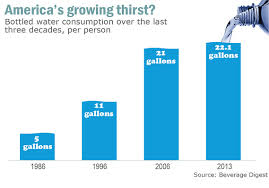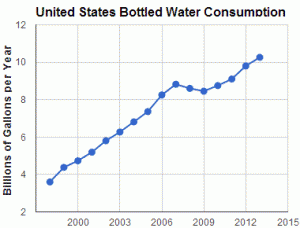
Hot Topics
Selling in a World of Unlimited Inventory
August 28, 2014
Since the mid-eighteenth century, economists like Adam Smith and James Denham-Steuart have detailed the effect of supply and demand on a product’s price. As supply fell or demand increased, the cost of a given product would rise. Conversely, as supply rose or demand decreased, the price of that product would fall.
We have seen this effect at work with local advertising. When a radio market would get tight, the average unit rate a station could charge would increase. Other media would also affect radio’s demand. For example, if a TV market’s inventory would get tight, that market’s radio stations could raise their rates.
With the growth of digital advertising, we have entered an environment where some perceive an infinite availability of local advertising. Websites and digital outlets can serve nearly an unlimited number of impressions. At the very least, there is a low likelihood of them running out of inventory.
If one follows the writings of leading economists, unlimited inventory should lead to advertising costs approaching zero. Unlimited supply and limited demand can result in near-free advertising. If you believe this statement, then you would not invest in any local advertising vehicle.
However, there is an important differentiation between different types of local advertising. Not all impressions are created equal. An impression on a local radio station may be more valuable than an impression on a website. The key here is value. Advertisers are not buying impressions, they are buying potential consumers in the right environment.
Another industry has proven that perceived unlimited supply does not necessarily mean everyone needs to charge zero. For most Americans, water is a nearly free and unlimited commodity. Turn on the tap and fill your glass. However, over the past few years, the bottled water industry has grown at a tremendous pace. They achieved this by selling the perceived advantage of bottled water. According to “Drinking Water Resources,” in 2011 there were nine billion gallons of bottled water sold in the U.S. In 2013, the average American consumed over 22 gallons of bottled water.
So what does this mean for radio? If we sell impressions and allow advertisers to treat all impressions equally, then the value of our spots goes down. However, if we position radio as a more valuable commodity, then we can grow our average unit rate and our overall revenue.
We need to continue to sell the value of our medium as a whole, and the value of each of our individual radio stations.
-Charlie Sislen, Partner


Comments